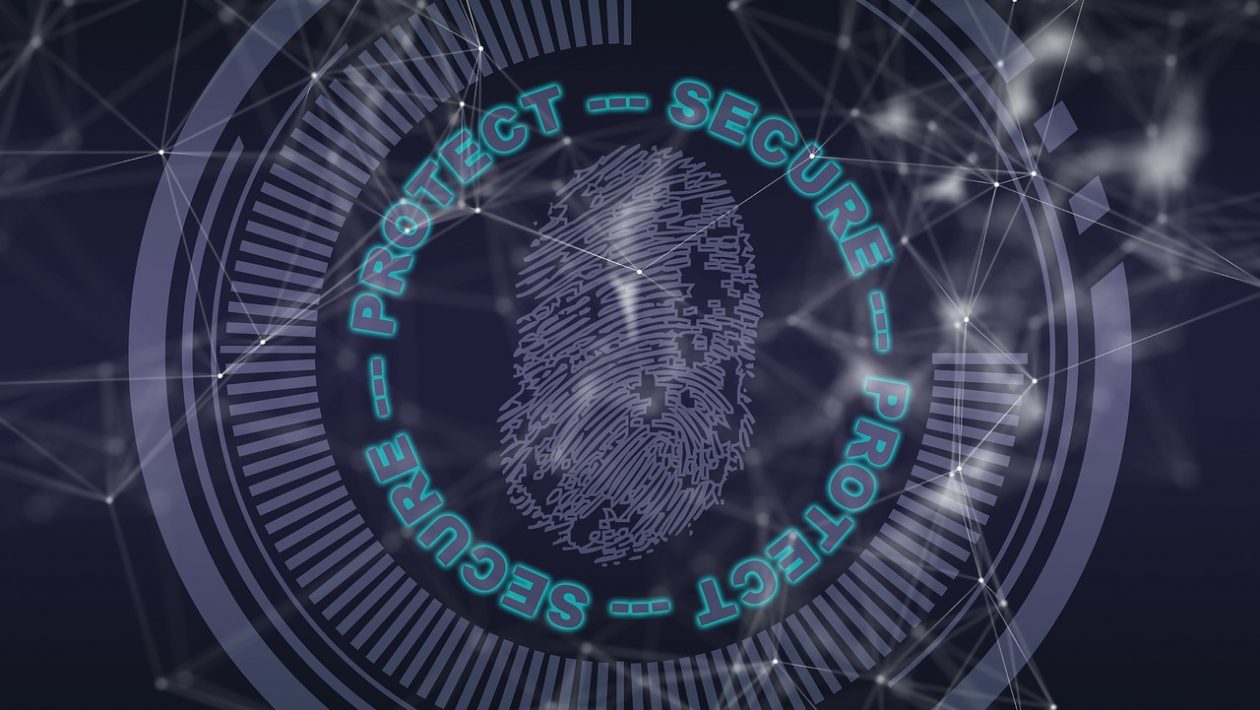Information about a group of people can be beneficial for some companies and individuals. So much so that some companies have started trading in information. An illustrative example is when Facebook was put on the spot for sharing user data with third parties. However, Facebook is not the only source for such data. Educational institutions also possess thousands of files on their students and thus provide an easy target. These files may contain fingerprint data, information on the health of the students, their parents’ details, and other data that can be used for the wrong purposes.
As it stands, this information is shared among the staff members quite often. And, since most of these schools do not employ any security mechanisms for documents, it is quite easy for the information to fall into the wrong hands. This needs to change for the security of those seeking education in these institutions.
Enter Enterprise Rights Management (ERM). In a lot of ways, it is similar to Digital Rights Management (DRM). The only difference is that an ERM solution caters to larger institutions with more employees and with more data to protect.
Here are a few ways in which an ERM can help protect students’ personal information:
- Locking documents to devices: A guidance counselor’s notes on a student should be private and confidential. They should not be seen by any other staff member or teacher. So, if they are locked to only his or her computer, then the likelihood of them falling into the hands of others will be drastically reduced. Schools also keep records on the special needs of each student (if any) in order to provide better services and a better learning experience. This information is highly sensitive and, as such, the utmost care should be taken to not let the information get out.
- Stop editing: What would happen if you were to leave the database with the students’ grades on a system where anybody can access and edit it? Some unscrupulous person, maybe even a student, will come and change the information in a bid to get better grades. There have been cases of students bribing school staff members to do exactly that. To discourage this, always use an ERM system to ensure that the integrity of the files remains constant.
- Prevent copying and pasting: If it were not for this particular control by ERMs, then all its other controls would be useless. Yes, a document is locked to a device, but anybody would still be able to copy the information by pressing a few keyboard shortcuts. They can then paste it into a word document or whatever format they are comfortable with and then do with the information whatever they want. So, you see, preventing copying and pasting holds the whole system together.
- Document revocation: We are all human and, as such, it is possible for us to make mistakes. So, the administrator may end up authorizing the use of a document by a party for whom it was not intended. The ability to revoke access to material comes in handy in such scenarios.
- Document use logs: Who opened which document and when? Did they print copies and, if so, how many? This is all vital information that can be used to better manage the disbursement of documents on students. A follow up on how each person uses the documents assigned to them is essential in figuring out their intentions. Also, in the case of revocation, you can check to see if the recipient opened the file before you revoked access. If they did, you can deal with the situation differently from how you would have had the person not yet accessed the document.
- Locking documents to the school premises: People have a terrible habit of taking their work home with them. The same is true for school staff. And, in their homes, the information on students is much more at risk of leaking. For example, children and spouses can also access the information on shared devices. To curtail this, it is possible to lock the use of documents to the school building or a range of IP addresses in the vicinity of the school.
- Document administration becomes a breeze: Files and documents have to be managed and organized. This means knowing with whom to share files with when to revoke access or set an expiry date, whether or not to allow printing, and so much more. An ERM solution like Locklizard makes the work of the administrator much easier in doing this.
For most schools, document security is not a priority. Being institutions that deal with the disbursement of knowledge, this is incredibly short-sighted. They should know the value of a student’s information and thus be a little quicker to guard it. This process starts with acquiring an ERM solution and then employing the controls made available by it. Otherwise, it is open season on any data shared within the premises and by the staff.


